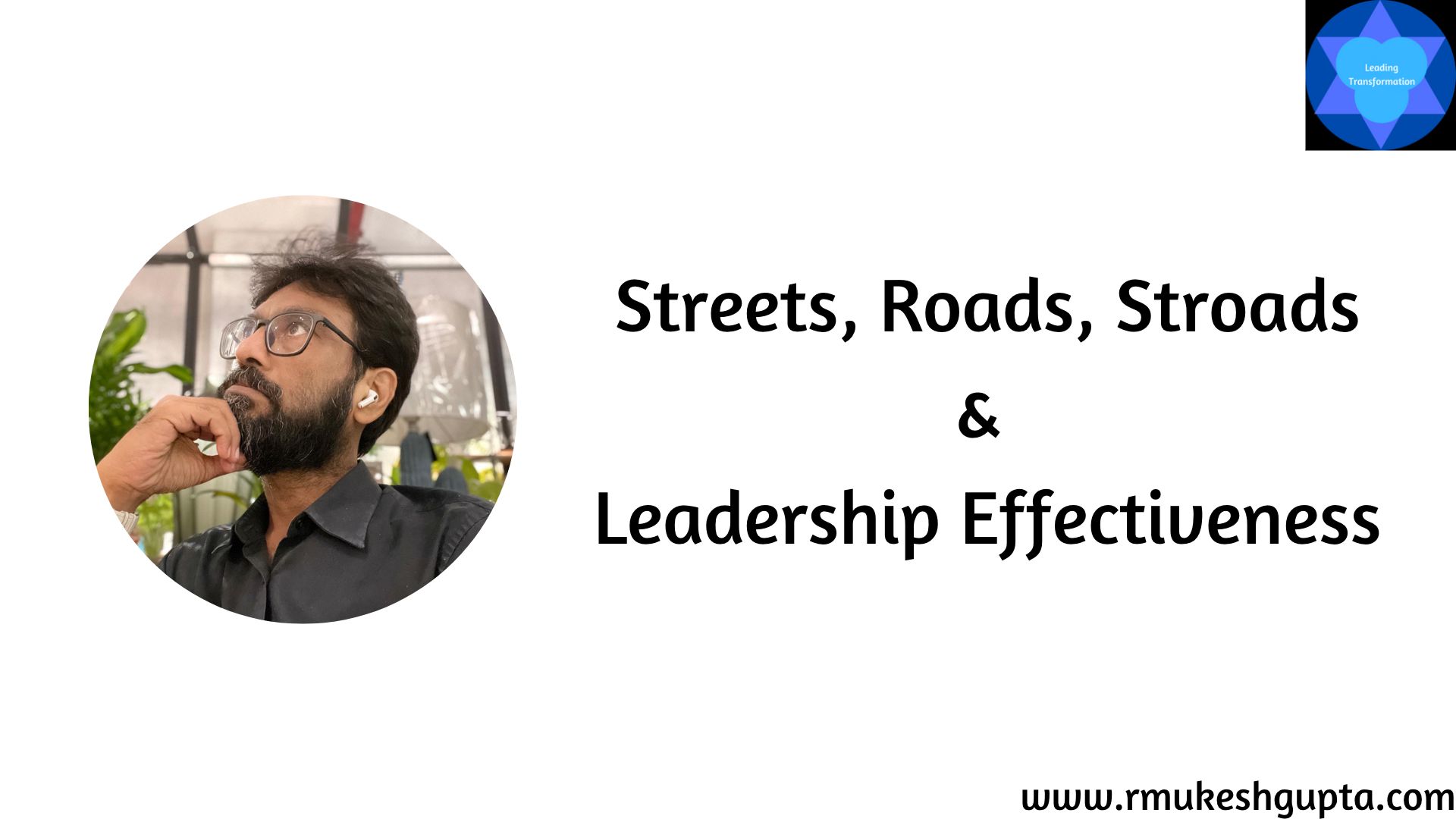I recently stumbled on to this hilarious TED talk by a British comedian – James Veitch.
Firstly, I would urge you to watch the TED Talk below:
Lessons from this TED Talk:
1. Unsubscribe
First and the most obvious lesson for marketers is for us to honour our subscribers wish to unsubscribe, by actually taking them off the list.
One of the ways to do is by a double unsubscribe process:
- First you thank them for having been on the list for so long. You could potentially give them a parting gift, if that is in line with your brand personality.
- Second, request if they would like to be taken off the list completely or if they would like to hear about certain topics and not get any information about anything else. Here make it absolutely clear and easy for them them select from a given option. The trick is that it shouldn’t take more than a few seconds.
What is important is to be as thankful for the time that they spent on your list and respectful of the subscribers time and their decision to move on.
2. How We Write to Our Customers
Every time we connect with our subscribers, we need to think through from the point-of-view of our subscribers about what would they find of value.
In the example that James talks about, we need to think if our subscribers (like James) would genuinely be excited about the opening of a new store or is there something else that they would be excited about that could be linked to the opening of the new store. Maybe, it could be the opportunity to meet their favourite celebrity at the opening or an offer to be invited to shop at the store even before the shop opens to public or maybe to get a significant discount voucher to go shopping on the day the shop opens! Alternately, if we can’t come up with something like that, we refrain from send out a series of email announcing the opening of the store. Instead we just send out one email a day before the store opens announcing that the new store would be open tomorrow.
We need to know our subscribers and their needs and wants and what will excite them and find a way to link that to our objective.
We need to understand that by giving their email ID’s by subscribing to our list, our subscribers are trusting us with their time and attention – two of the most scarce things that they can part with. We as marketers, need to respect that and add value to their lives, every time we expect them to add value to us by spending their most precious and scare things (time and attention) with us.
3. Being Personal
One of the most irritating or annoying thing that we could do to our customers is to send canned responses. All of us know when we see one. Our subscribers know when they see one.
It is extremely important to be personal and real when we are talking to our customers/subscribers. Instead of copy/pasting a canned response, which save some time for our customer service executives, it is easier to send a personal response or no response at all.
Instead of writing to them that you will get back in a couple of days, just get back with the answers as soon as you can. While it is good to set expectations, it is not a good idea to set unrealistic expectations. I have brands send out an auto-responder telling me that it will take 7 working days to give me a response.
In a world where everything is instant, no one wants to wait for 7 working days to get a response to an email. Instead of setting a realistic expectations, the brand succeeded in created a negative impression on me.
4. Automation – Case #
We all know that brands always give out a case # or a complaint # or something similar when one of their customers reach out to the brand through one of the channel. This is to help the brand keep track of this interaction and for them track the relevant information about the customer/subscriber/prospect, when they reach out the next time.
What surprises and really irritates me is that way these case # are assigned. They are long numbers or an alpha numeric string that as a customer there is no way that i can remember or make sense to me. Clearly, no one has thought through this from the customer’s point-of-view. If done so, there are multiple ways to not only make it easy for the customer to remember the case # but also potentially help the brand build more brand affinity.
One simple way to do it is to use the email ID of the customer and add numbers (001) as the case #. Every time that the brand gets a new transaction from the customer that needs to be tracked, the number count goes up by 1. This also tells the customer how many times that they have interacted with the brand, which is a subconscious reminder to themselves, that they value the brand. If the experience of the interaction is good, it increases the brand affinity in the customer.
Conclusion:
This TED talk by James is hilarious because it is so true. All of us can relate to the experience James had in this particular instance as we all have gone through a similar experience at some point in time.
The question we need to ask is the following –
Is this the best that we, as brands can do?
And the most important lesson for all of us is what James concludes his video with:
If you are weighed down by the mundanity of modern life, don’t fight the frustration, let it be the catalyst for whimsy.
Make a game out of it and have some fun..




